Teamwork Statistics By Human Resource, Collaboration, Remote, Importance, Communication And Challenges
Updated · Sep 19, 2024

WHAT WE HAVE ON THIS PAGE
- Introduction
- Editor’s Choice
- What is Teamwork?
- What is A Perfect Team Size?
- Teamwork Human Resource Statistics
- Teamwork And Collaboration Statistics
- Remote Teamwork Statistics
- Importance Of Teamwork Statistics
- Teamwork Building Activity Statistics
- Teamwork And Communication Statistics
- Challenges In Teamwork At Workplace Statistics
- Conclusion
Introduction
Teamwork Statistics: Teamwork is crucial for a company’s success and efficiency. A strong team relies on open communication, shared goals, and clear roles. However, only a small % of managers are confident that their employees understand the company’s strategy, goals, and direction. For your team to hit the company’s targets, they need to work well together.
This article provides useful Teamwork Statistics to help you create a productive work environment and drive your business forward. You will also learn about the latest trends in team collaboration and building, which can help improve teamwork effectiveness.
Editor’s Choice
- Good communication systems can increase a company’s ability to keep its top employees by up to 450%.
- Digital collaboration tools can boost productivity by up to 30%.
- In the U.S., more than 50% of workers find their jobs increasingly dependent on workplace collaboration in 2023.
- 56% of employers use online collaboration tools to communicate effectively with their staff.
- Teamwork Statistics stated that almost 86% of global employees believe that lack of teamwork is the biggest reason for leadership failures.
- Encouraging collaboration and communication at work can cut employee turnover by 50%.
- Employees were 17% more satisfied with their jobs in 2023 due to improved collaboration.
- Over the past 20 years, workplace collaboration has increased by 50%.
- The market for project collaboration software is expected to reach $13.333 billion by the end of 2023 and $13.582 billion by the end of 2024.
- 70% of workers say that digital technology has enhanced their collaboration.
- Remote work can save employers up to $11,000 each year, according to stats on virtual team collaboration.
- Teamwork Statistics stated that about 52% of professionals in the U.S. consider teamwork extremely important.
- Only 30% of workers think their colleagues are dedicated to producing high-quality work.
- 83% of employees use technology for teamwork.
- Improving workplace collaboration and teamwork can increase business sales by 27%.
- Spending on augmented reality (AR) and virtual reality (VR) for corporate training is expected to reach $2.8 billion by 2023.
- Peer collaboration apps boost employee performance by 81%.
- Around 53% of people in the U.S. are unhappy with their jobs.
- 9% of professionals think effective communication with team members is key to successful collaboration.
- Collaboration is one of the top four skills essential for future success, as per Teamwork Statistics.
What is Teamwork?
Teamwork happens when people work together to achieve a common goal, whether it’s moving a couch upstairs, starting a work project, or playing soccer. While defining teamwork is easy, knowing how to work well as a team can be tricky. Becoming a strong, high-performing team takes practice and guidance.
Different people might have different ideas about teamwork. How teamwork looks also depends on the type of work and the challenges you face. Not all tasks benefit from teamwork. A key to a successful team is realizing that working together can be more effective than working alone. Good teamwork isn’t just about splitting tasks and working separately to finish faster. It’s about collaborating and combining ideas to find better ways to get things done.
You know your team is working well when the results are better than what any individual could achieve alone. It’s often easier to reach a goal when tasks are done together rather than relying on each person’s solo efforts. A team works best when each member collaborates while also bringing their unique perspectives, experiences, and skills.
What is A Perfect Team Size?
- The evidence is clear: good teamwork leads to better results for both people and companies. But what’s the best size for a team? It depends on the task.
- A study by the American Psychological Association found that groups usually do better than pairs or individuals when solving complicated problems.
- Teams of three, four, or five people worked most effectively because they were skilled at sharing information and determining which answers were wrong.
- In contrast, pairs performed about the same as individuals, suggesting they were too small to handle complex tasks well.
- However, bigger teams sometimes mean better results. A study from Joomag showed that four-person teams took 44% longer to build a Lego figure (52 minutes) than two-person teams (36 minutes).
Teamwork Human Resource Statistics
Collaboration in the workplace offers many benefits. When employees work together towards a common goal, both productivity and innovation often increase.
- 73% of employees do better work when they collaborate.
- 60% of employees are more innovative in a team environment.
- 1% of workers prefer to work for companies that promote honest communication.
- 17% of employees feel more satisfied with their jobs when they work with their coworkers.
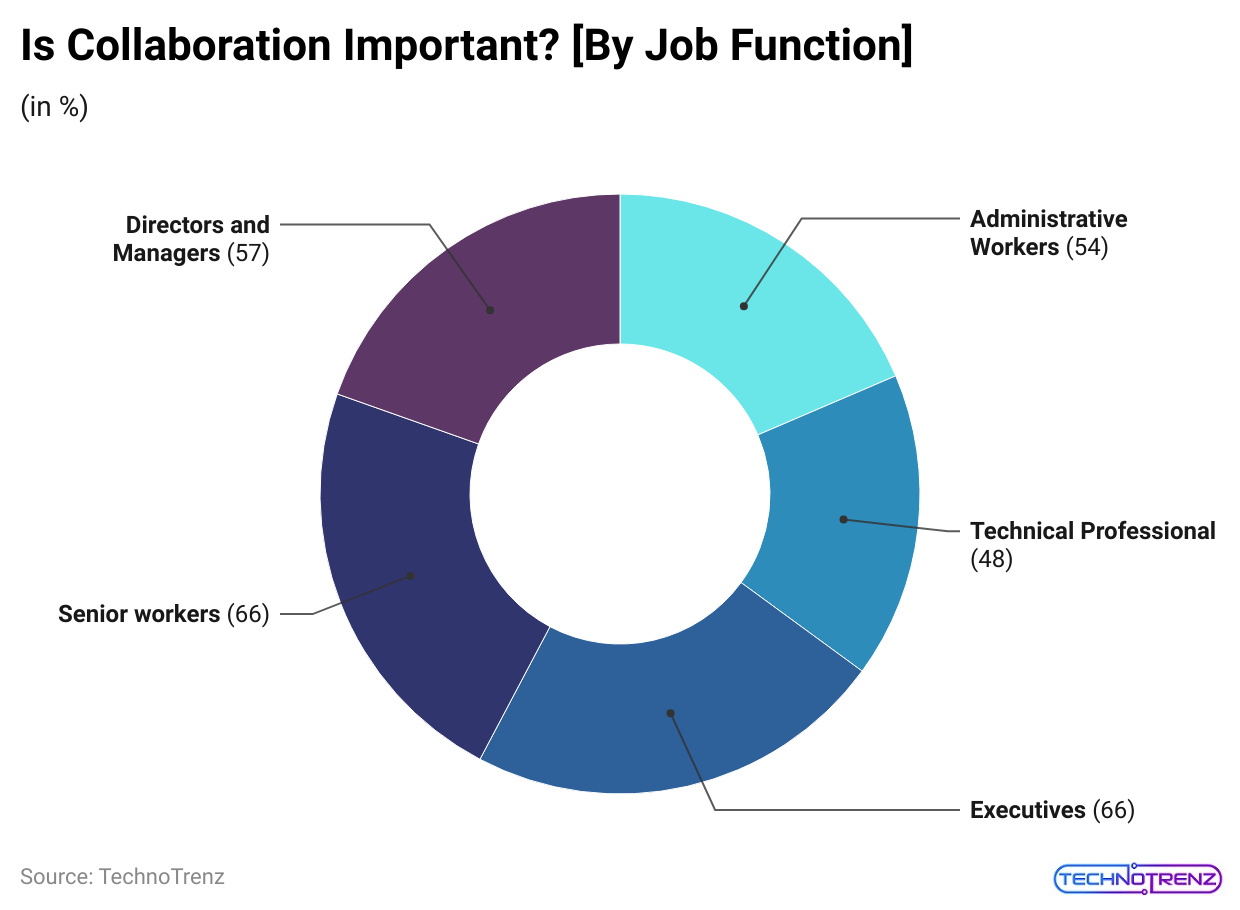
(Reference: jobera.com)
- Since over half of American jobs involve teamwork, it’s no surprise that 75% of employers think teamwork and collaboration are “very important.” A big part of teamwork is good communication.
- However, only 18% of employees get feedback on their communication skills during performance reviews.
- Also, 39% of employees feel their company needs more collaboration.
- On the bright side, 41% of workers who know their strengths tend to miss fewer days of work.
- Good communication and collaboration help employees understand their roles better and stay motivated, which benefits the business.
- Recognizing your team’s good work can boost profits by 29%.
- Most jobs require working with others, so effective communication is essential.
- Teamwork Statistics stated that the employees spend 14% of their working hours on communication and collaboration.
- In today’s tech-driven world, online tools are becoming key for teamwork.
- For example, 92% of employees believe mobile phones are crucial for good communication and collaboration.
- Using online tools can increase productivity by 30%.
- 83% of employees use technology to work together.
- 81% of workers like collaboration apps.
- However, 59% find these tools challenging to use.
- Despite these challenges, 37% of employees believe teamwork is important and helps them feel more connected, which makes them more likely to stay with the company.
- Creating an environment where employees can support each other and use online tools effectively can increase satisfaction and productivity.
- The use of online collaboration tools is expected to grow.
- Millennials, who make up most of the current workforce, especially support these tools.
- 49% of Millennials like online collaboration tools.
- 40% of Gen Xers also appreciate them.
- 31% of Baby Boomers are positive about these tools.
Teamwork And Collaboration Statistics
- 75% of employers think teamwork and collaboration are “very important.”
- Companies that encourage a collaborative environment are five times more likely to be high-performing.
- 97% of employees and executives believe that poor alignment within a team impacts project outcomes.
- 60% of employees value teamwork more than working alone.
- Working together and peer coaching can boost individual productivity by up to 88%.
- Teamwork Statistics stated that around 39% of employees feel there isn’t enough collaboration in their organization.
- Teamwork can increase creativity by 20%.
- 86% of employees and executives blame failures in the workplace on poor collaboration or communication.
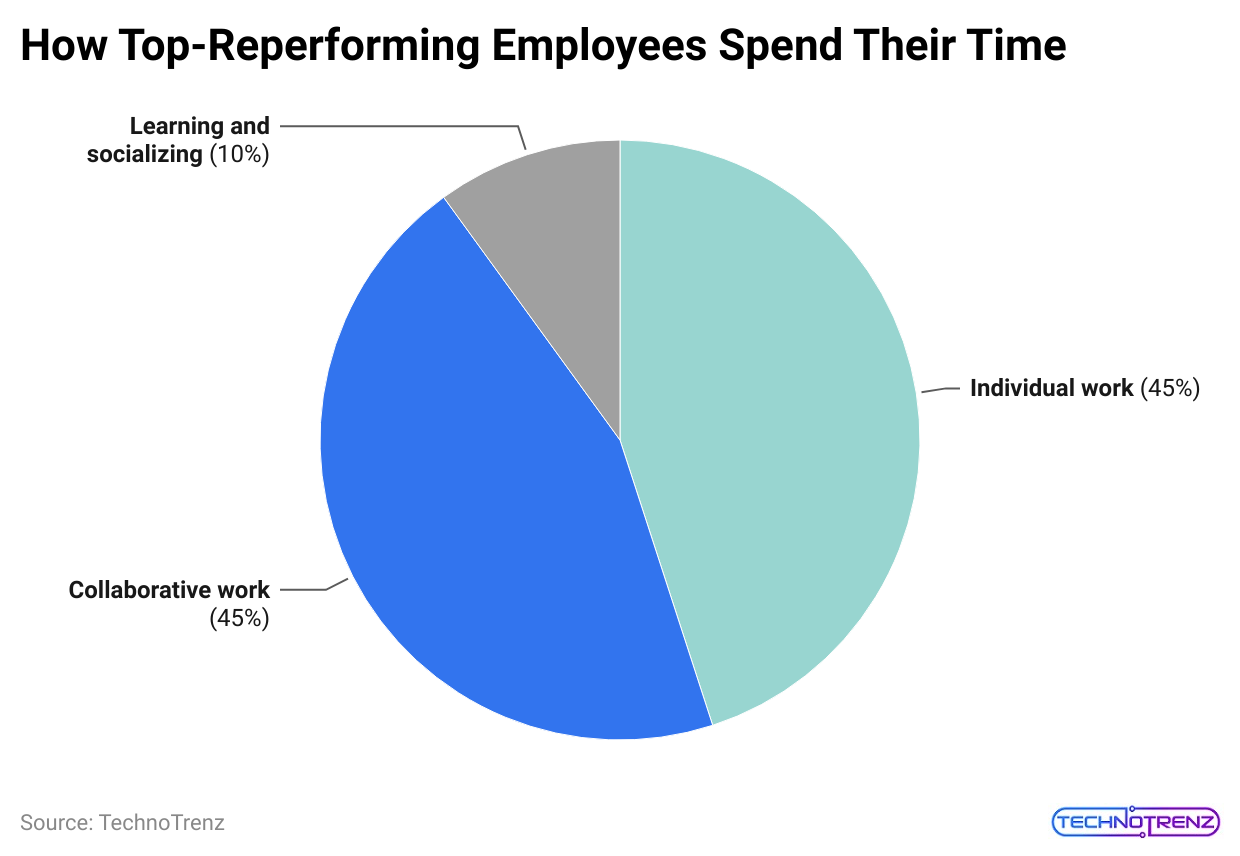
(Reference: zippia.com)
- Using collaboration tools can improve productivity by 20-30%.
- Teams that collaborate see a 5.5% boost in productivity.
- 75% of employers believe teamwork and collaboration are essential for success.
- Teams that work together achieve 36% higher customer satisfaction.
- Companies that promote teamwork are five times more likely to excel.
- Collaborative teams are 56% better at making decisions than individuals.
- Teamwork Statistics stated that almost 97% of employees and executives think that team misalignment directly affects task results.
- Teams that work well together are five times more likely to make better decisions.
- 83% of employees depend on technology to collaborate.
- Introducing collaboration tools can cut email volume by 30%.
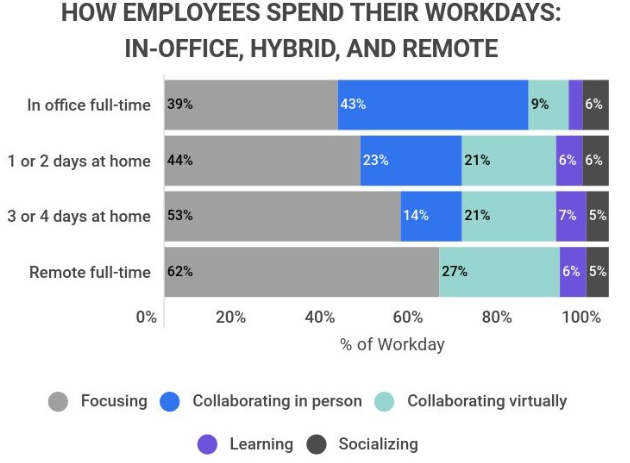
(Source: zippia.com)
- 39% of employees think there needs to be more collaboration in their organization.
- Remote teams that collaborate effectively are 30% more likely to outperform teams working in the same location.
- Teams that work together are 35% more likely to outperform individuals working alone.
- Improving teamwork can increase productivity by 25%.
- Companies that foster a collaborative work environment are five times more likely to be high-performing.
- Teamwork Statistics stated that around 86% of employees and executives attribute workplace failures to poor collaboration or communication.
- 39% of employees believe that people in their organization need to collaborate more.
- Collaboration software can boost team productivity by 20-30%.

(Reference: zippia.com)
|
All employee |
52% |
| Professional and technical |
48% |
|
Administrative |
54% |
| Managers and directors |
57% |
|
Senior and executive |
66% |
- Teamwork Statistics stated that almost 60% of workers prefer teamwork over working alone.
- 75% of employers rate teamwork and collaboration as “very important.”
- Remote teams that collaborate well have a 30% higher chance of outperforming teams working in the same location.
Remote Teamwork Statistics
- Teamwork Statistics stated that almost 76% of people worldwide use video calls for remote work.
- Among younger workers aged 25 to 34, 86% prefer video calls for online teamwork. In contrast, only 46% of older workers aged 55 and up prefer this method.
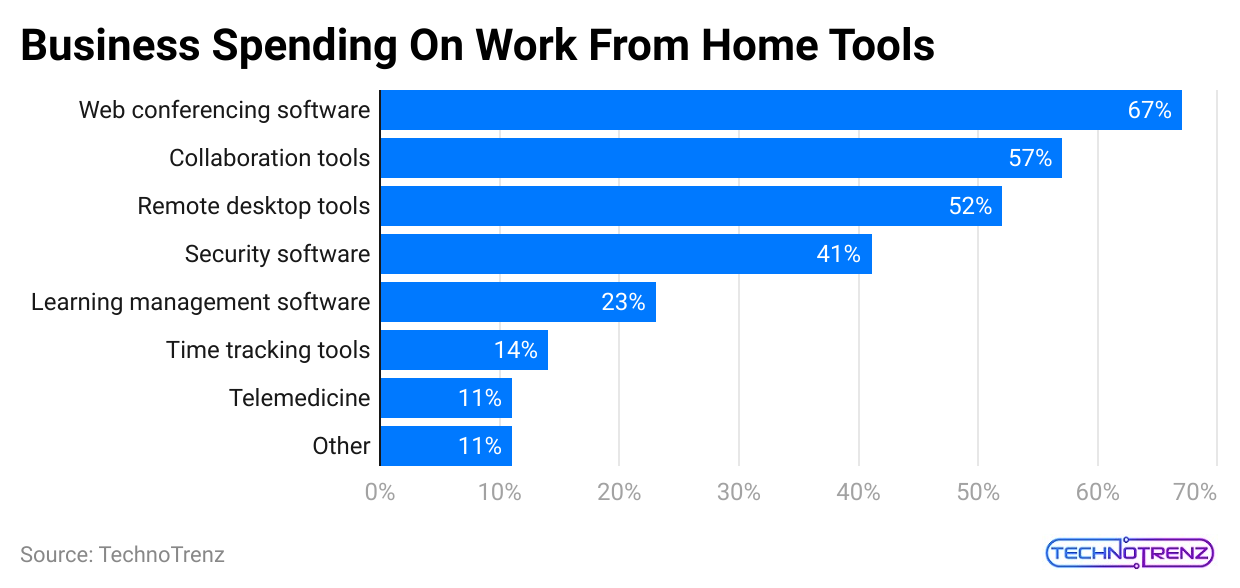
(Reference: explodingtopics.com)
- About 60% of younger employees use at least three different online tools to work with their colleagues.
- The use of collaboration tools for work increased by 44% from 2019 to 2021.
- Before COVID-19, U.S. workers spent around 43% of their work time collaborating either online or in person. During the pandemic, this dropped to 27%, showing a shift towards more solo work at home.
- The global market for collaboration software is expected to grow to $17.9 billion by 2025.
- The market for team collaboration software is forecasted to reach $24.2 billion by 2027.
- In 2023, 36% of U.S. workers used Zoom for remote meetings, making it the most popular tool for team collaboration.
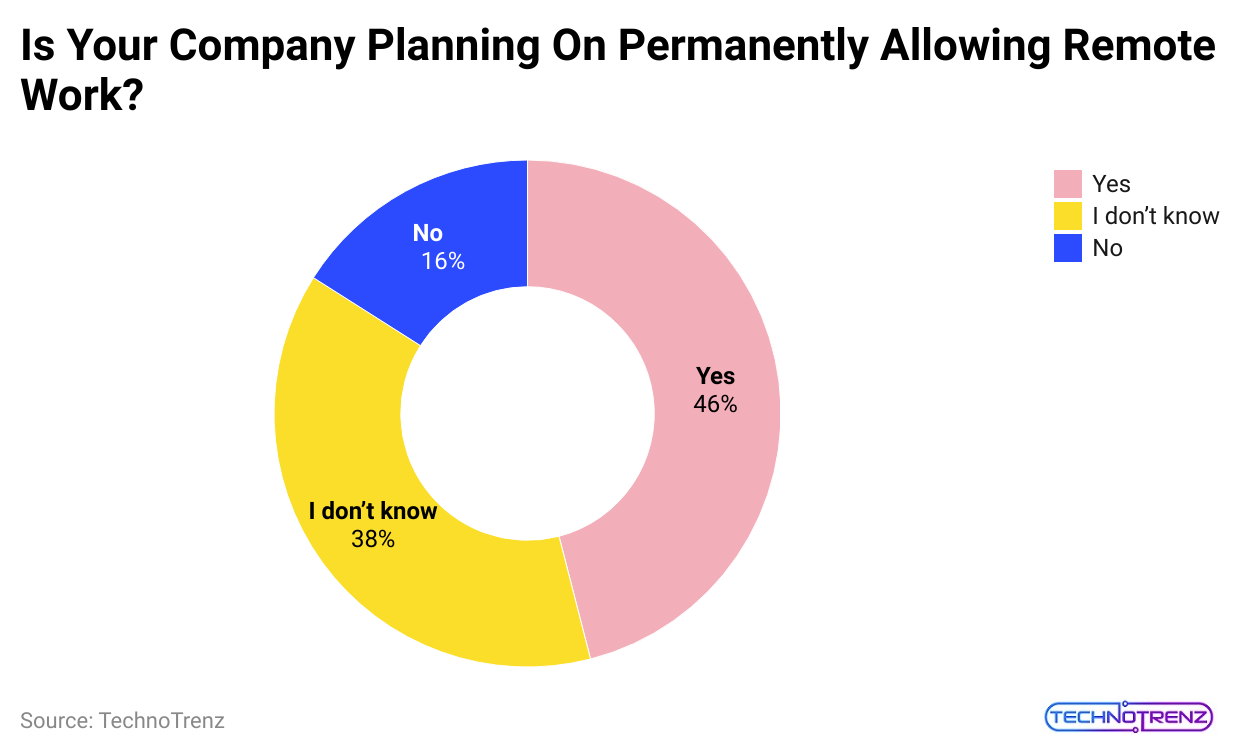
(Reference: getlighthouse.com)
- In May 2023, the installation of business collaboration apps surged by 176%, reflecting the increase in remote work.
- According to Slack, more than 600,000 companies used Slack’s team messaging in 2019 to improve communication.
- A report from Venture Beat revealed that over 500,000 companies used Microsoft Teams as a collaboration tool in 2022.
Importance Of Teamwork Statistics
- Teamwork Statistics state that good teamwork is essential for employees’ well-being.
- Teamwork helps lower employee burnout. Thanks to the emotional support teamwork offers, 60% of workers feel less tired.
- Teamwork helps 41% of employees better understand their strengths and weaknesses. This leads to fewer absences and more active participation at work.
- According to Forrester, effective team collaboration tools boost productivity by 10%. These tools can save employees 5-10% of their work time and reduce stress, showing how teamwork can be beneficial.
- Effective communication and collaboration can lead to 4.5 times higher talent retention.
- Workers are 13% more productive when they are happy. A friendly work environment and less stress, made possible by good teamwork and collaboration, contribute to this happiness.
- Effective communication and collaboration have resulted in a 72% increase in productivity, a 63% boost in customer service, and 60% higher employee confidence.
- Teamwork and collaboration create a more open work environment, generating 17% more productivity.
- Happy employees perform over 20% better than those who are unhappy, according to Teamwork Statistics.
Teamwork Building Activity Statistics
- Over 80% of employers and employees think it’s important to create a sense of community at work.
- 90% of employers believe that a strong sense of community is key to success.
- Collaboration plays a big role in job satisfaction.
- Teamwork Statistics stated that socializing between team members improves communication by more than 50%.
- Teams with connected employees see a 20-25% increase in productivity.
- Teamwork Statistics stated that around 97% of workers think that communication affects their tasks every day.
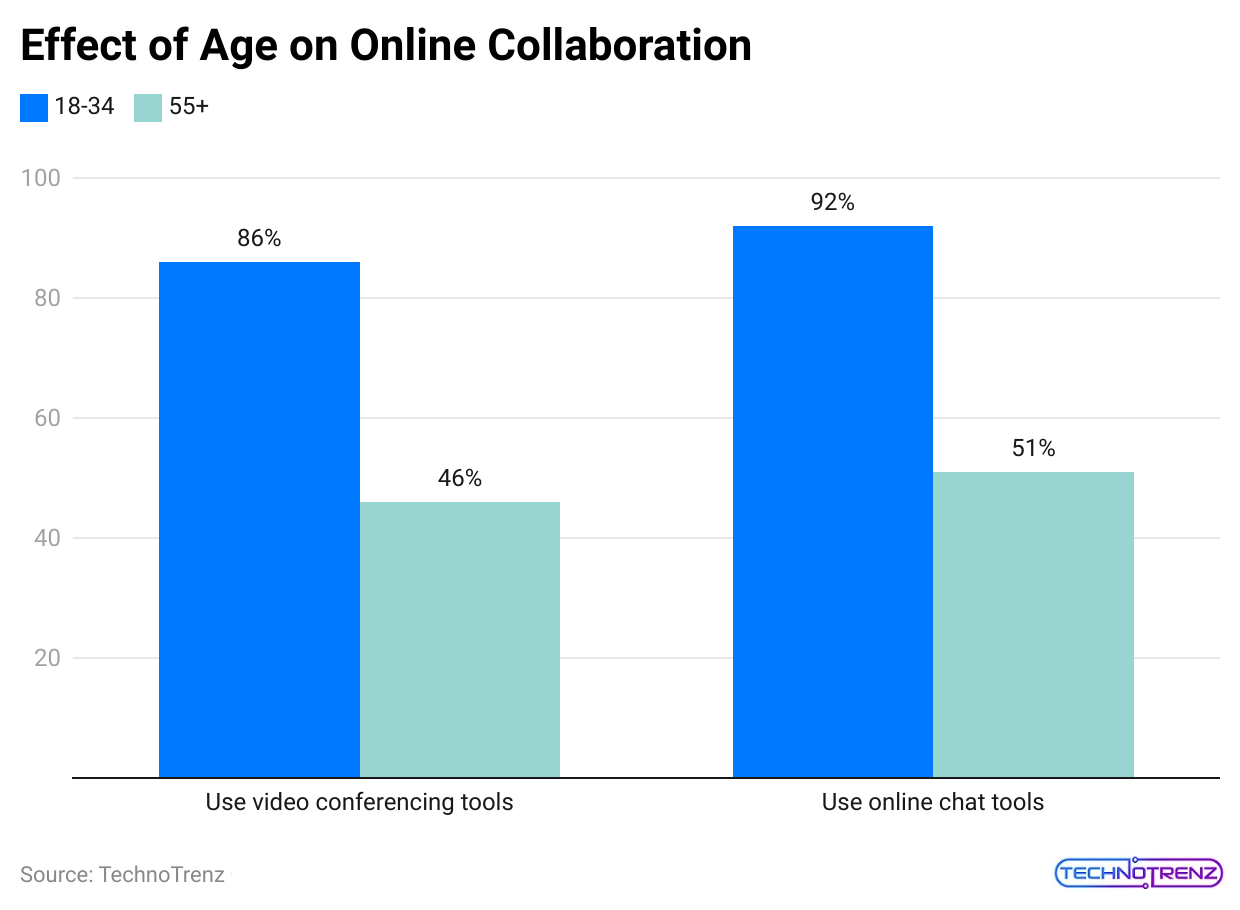
(Reference: zippia.com)
- 75% of companies have regular one-on-one meetings.
- 57% of companies offer opportunities for employees to socialize.
- Teamwork Statistics stated that almost 51% of companies help employees connect for work.
- 55% of leaders believe that team culture is the most important factor for success.
- 63% of leaders found that team communication improved after participating in team-building activities.
- 61% of leaders saw an improvement in team morale after team-building activities.
- 31% of teams do not invest in team-building activities.
- Teamwork Statistics stated that almost 80% of companies do not engage in team-building at least once a month.
- 36% of leaders managing remote workers say that collaboration is their biggest challenge.
Teamwork And Communication Statistics
- Communication is a key skill for both personal and professional life. Most people agree.
- According to Microsoft, 96% of business decision-makers and 95% of employees believe that effective communication is crucial for the upcoming year.
- When companies communicate poorly with their employees, this can lead to increased stress, as per Teamwork Statistics.
- 80% of workers report feeling stressed because of poor communication from their employers.
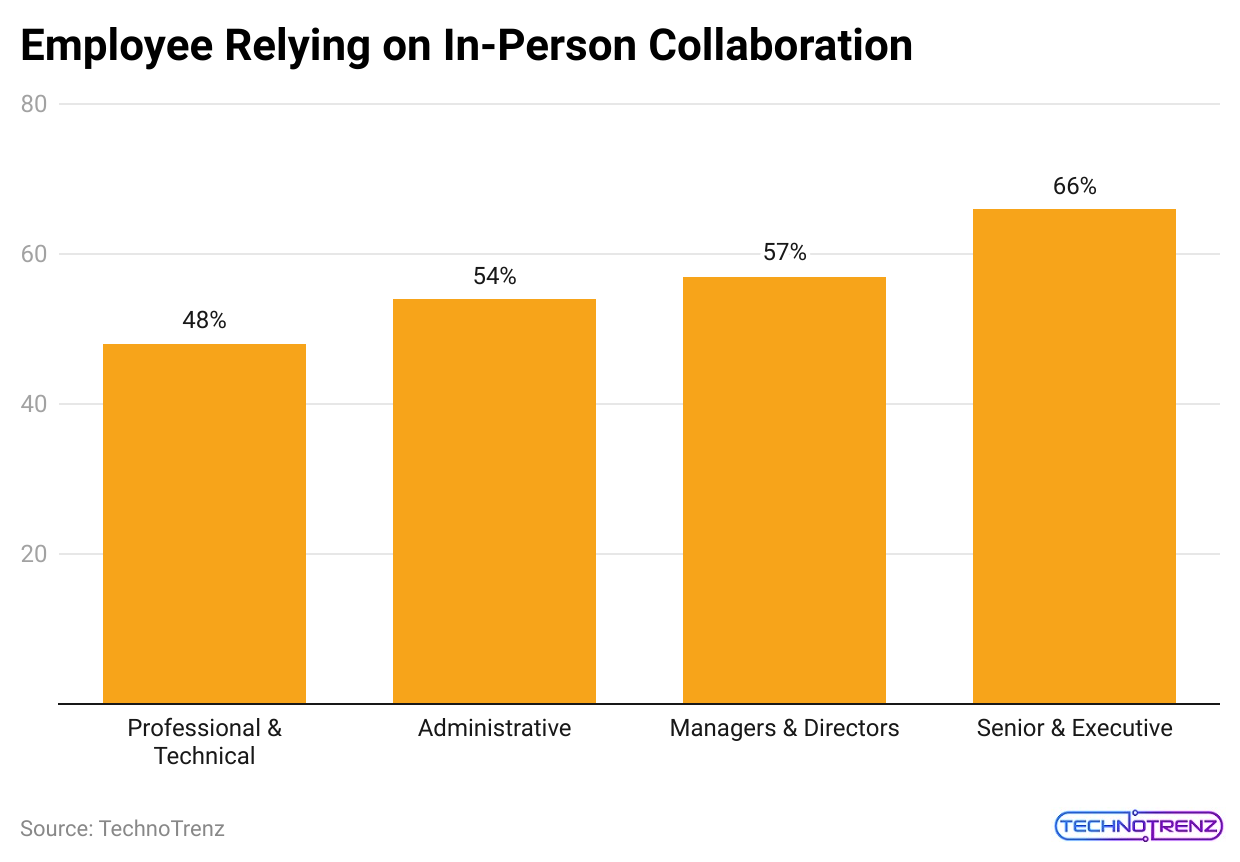
(Reference: 10xhire.com)
- A survey by Dynamic Digital found that 17% of respondents even suggested firing their CEO due to the way the company interacts with its employees.
- Additionally, a study by Ketchum Communications showed that only 31% of people think their leaders communicate effectively.
- Moreover, 46% of employees say they often receive confusing or unclear instructions and spend about 40 minutes each day trying to figure them out. This shows that poor communication can reduce productivity and hurt team unity.
- People generally don’t want more communication, but they do want it to be better and more genuine.
- According to Teamwork Statistics, almost 75% of workers would prefer talking to colleagues as they would with friends, highlighting the need for more honest and authentic communication.
Challenges In Teamwork At Workplace Statistics
- More than 36% of work-related stress comes from employees’ workloads, and team dynamics affect over 92% of the reasons behind employee stress.
- Around 16% of remote workers struggle with collaboration and communication, considering it one of their biggest challenges.
- Teamwork Statistics stated that around 28% of employees say that miscommunication is a major cause of missed deadlines.
- 97% of business leaders and employees think that when a team isn’t aligned, it seriously impacts the outcome of projects or tasks.
- Teamwork and collaboration can lead to problems like overlapping skills, lower engagement, and unhealthy competition. Managers need to address these issues carefully to avoid problems.
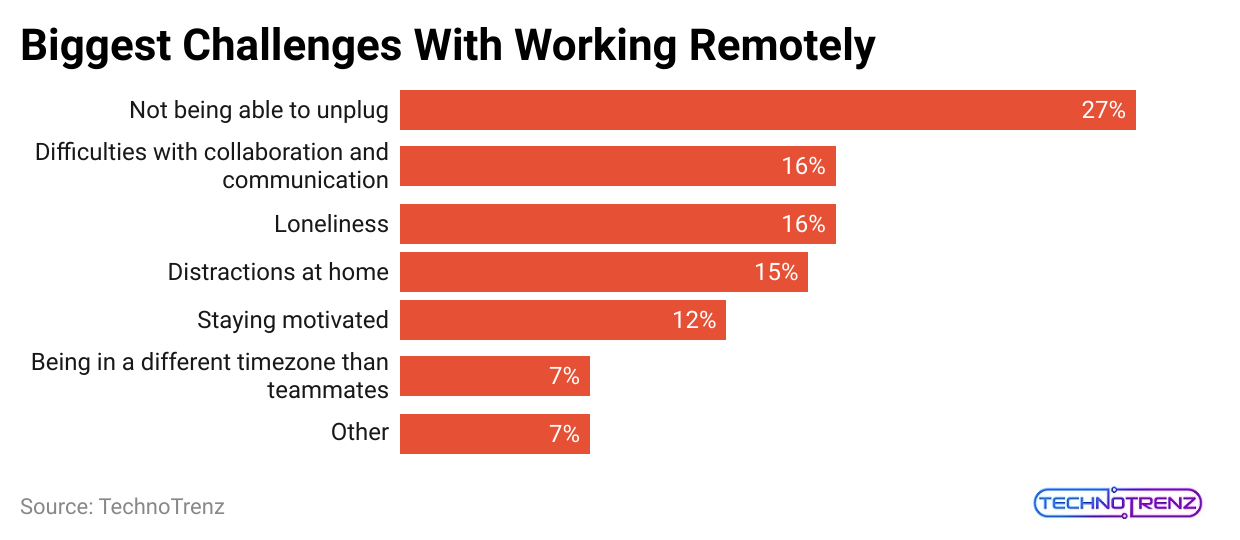
(Reference: passivesecrets.com)
- 41% of people find it harder to work with other departments compared to working with teams within their department.
- 75% of business executives say their business units often compete with each other instead of working together on digital projects. This indicates that many companies need to understand the value of digital collaboration fully.
- Feelings of isolation among employees can lower productivity by 21%.
- Teamwork Statistics stated that almost 36% of 1,000 surveyed U.S. employees need to keep track of their team goals.
- About 53% of surveyed U.S. employees say they have little to no insight into other teams’ goals.
- 41% of people find it harder to work with other departments compared to working with teams within their department.
- 75% of business executives say their business units often compete with each other instead of working together on digital projects. This indicates that many companies need to understand the value of digital collaboration fully.
- Feelings of isolation among employees can lower productivity by 21%.
- Teamwork Statistics stated that almost 36% of 1,000 surveyed U.S. employees need to keep track of their team goals.
- About 53% of surveyed U.S. employees say they have little to no insight into other teams’ goals.
Conclusion
The teamwork statistics in this article show how powerful collaborative teamwork can be for a business. Everyone knows that teamwork is important at work, but communication still plays a big role in how well your team performs. To stay ahead and improve your team’s results, you need to encourage collaboration and recognize each employee’s strengths and weaknesses.
This will allow you to assign tasks and duties effectively. Building a strong team is also crucial. By staying updated with the latest trends in collaboration and team-building, you can learn how to boost your team’s performance. These Teamwork Statistics prove that working well together can have a huge impact on your business. It can lead to higher profits, better employee engagement, and improved talent retention.
The teamwork statistics in this article show how powerful collaborative teamwork can be for a business. Everyone knows that teamwork is important at work, but communication still plays a big role in how well your team performs. To stay ahead and improve your team’s results, you need to encourage collaboration and recognize each employee’s strengths and weaknesses.
This will allow you to assign tasks and duties effectively. Building a strong team is also crucial. By staying updated with the latest trends in collaboration and team-building, you can learn how to boost your team’s performance. These Teamwork Statistics prove that working well together can have a huge impact on your business. It can lead to higher profits, better employee engagement, and improved talent retention.
Sources
FAQ.
Gusto’s research shows that 37% of employees stay at their jobs because they love working with their team. A team that collaborates well creates a positive work environment where everyone feels appreciated and motivated. To increase productivity and morale, invest in enhancing your team’s performance.
When team members collaborate, they can split up tasks, use each other’s strengths and skills, and get work done faster. This usually results in higher productivity, quicker project completion, and better outcomes overall. A strong team can accomplish much more than people working alone.

Saisuman is a professional content writer specializing in health, law, and space-related articles. Her experience includes designing featured articles for websites and newsletters, as well as conducting detailed research for medical professionals and researchers. Passionate about languages since childhood, Saisuman can read, write, and speak in five different languages. Her love for languages and reading inspired her to pursue a career in writing. Saisuman holds a Master's in Business Administration with a focus on Human Resources and has worked in a Human Resources firm for a year. She was previously associated with a French international company. In addition to writing, Saisuman enjoys traveling and singing classical songs in her leisure time.











